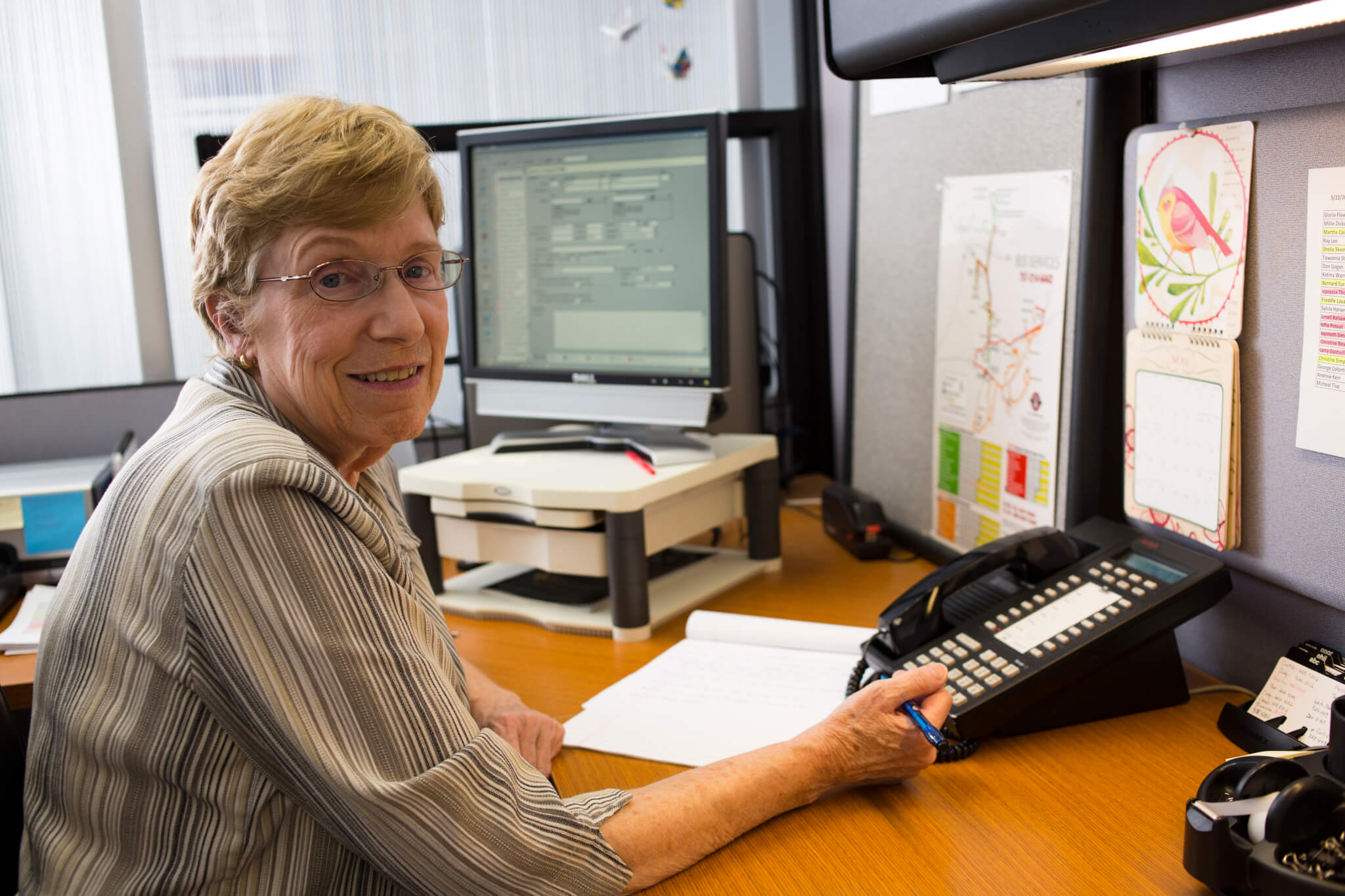This is the second part of a two-part story on storm safety. The first part was published in the July 16, 2022 edition of The Good Life.
The most active time for hurricanes in Massachusetts is late August through September. According to a recent press release from the Massachusetts Emergency Management Agency (MEMA), the National Oceanic and Atmospheric Administration’s (NOAA) seasonal outlook predicts another active, above-normal, Atlantic hurricane season – the seventh consecutive above-normal hurricane season. According to the National Hurricane Center, last year was the third most active year on record with 21 named storms.
Last week focused on the Saffir-Simpson Hurricane Wind Scale as a system for categorizing hurricane strength and tips for preparing for an impending storm. This week we are focussing on how we can all stay safe during a storm and after it has passed.
Tips for Staying Safe During the Storm
- Avoid driving or going outdoors during a storm—flooding and damaging winds can make traveling dangerous.
- If you must be out in the storm:
- Do not walk through flowing water. Six inches of swiftly moving water can knock you off of your feet.
- Remember the phrase “Turn around, don’t drown!” and don’t drive through flooded roads. Cars can be swept away in just two feet of moving water. If your vehicle is trapped in rapidly moving water, stay in the vehicle. If the water is rising inside the vehicle, seek refuge on the roof.
- Do not drive around road barriers.
- Continue to monitor the media for emergency information.
- Follow instructions from public safety officials.
- If advised to evacuate, do so immediately. Take only essential items, and bring your pets, if possible.
- If told to shelter in place:
- Stay indoors and away from windows.
- Listen to local television or radio for updates.
- Conditions may change quickly; be prepared to evacuate to a shelter or neighbor’s home, if necessary, and remember to include masks and hand sanitizer in your emergency kit.
How to Stay Safe After the Storm Has Passed
- Continue to monitor the media for emergency information.
- Follow instructions from public safety officials.
- Call 9-1-1 to report emergencies, including downed power lines and gas leaks.
- Call 2-1-1 to obtain shelter locations and other disaster information.
- Stay away from downed utility wires. Always assume a downed power line is live.
- Again, remember the phrase “Turn around, don’t drown!” and don’t drive through flooded roads.
- Stay out of damaged buildings and away from affected areas/roads until authorities deem them safe.
- If you have evacuated, return home only when authorities say it is safe to do so.
- Listen to news reports to learn if your water supply is safe to drink. Until local authorities proclaim your water supply safe, boil water for at least one minute before drinking or using it for food preparation.
- Check your home for damage:
- Never touch electrical equipment while you are wet or standing in water. Consider hiring a qualified electrician to assess damage to electrical systems.
- Have wells checked for contamination from bacteria and chemicals before using.
- Have damaged septic tanks or leaching systems repaired as soon as possible to reduce potential health hazards.
- If you believe there is a gas leak, go outdoors immediately, and do not turn electrical switches or appliances on or off. If you turned off your gas, a licensed professional is required to turn it back on.
- If your home or property is damaged, take photos or videos to document damage, and contact your insurance company.
- If your power is out, follow these power outage safety tips.
- Report power outages to your utility company.
- Use generators and grills outside because their fumes contain carbon monoxide. Make sure your carbon monoxide detectors are working as it is a silent, odorless, killer. According to the National Weather Service, carbon monoxide poisoning is one of the leading causes of death after storms in areas dealing with power outages. Never use a portable generator inside your home or garage.
- If a traffic light is out, treat the intersection as a four-way stop.
- If phone lines are down, use social media or texting to let others know you are OK.
- Look before you step. After a hurricane or flood, the ground and floors can be covered with debris, including broken bottles and nails.
- Avoid entering moving or standing floodwaters. Floodwater and mud may be contaminated by oil, gasoline, or raw sewage.
- Clean and disinfect everything that got wet, and take steps to prevent and detect mold. Consider using professional cleaning and repair services.
- Throw away food (including canned items) that has come into contact with floodwaters, was exposed to temperatures above 40°F for more than two hours, or has an unusual odor, color, or texture. When in doubt, throw it out!
- Be a good neighbor. Check on family, friends, and neighbors, especially elders, those who live alone, those with medical conditions, and those who may need additional assistance.
Hopefully, the 2022 Atlantic hurricane season will be quieter than predicted. If not, having these safety guidelines in mind can help keep you safe.
-Sourced from Mass.gov and Weather.gov






